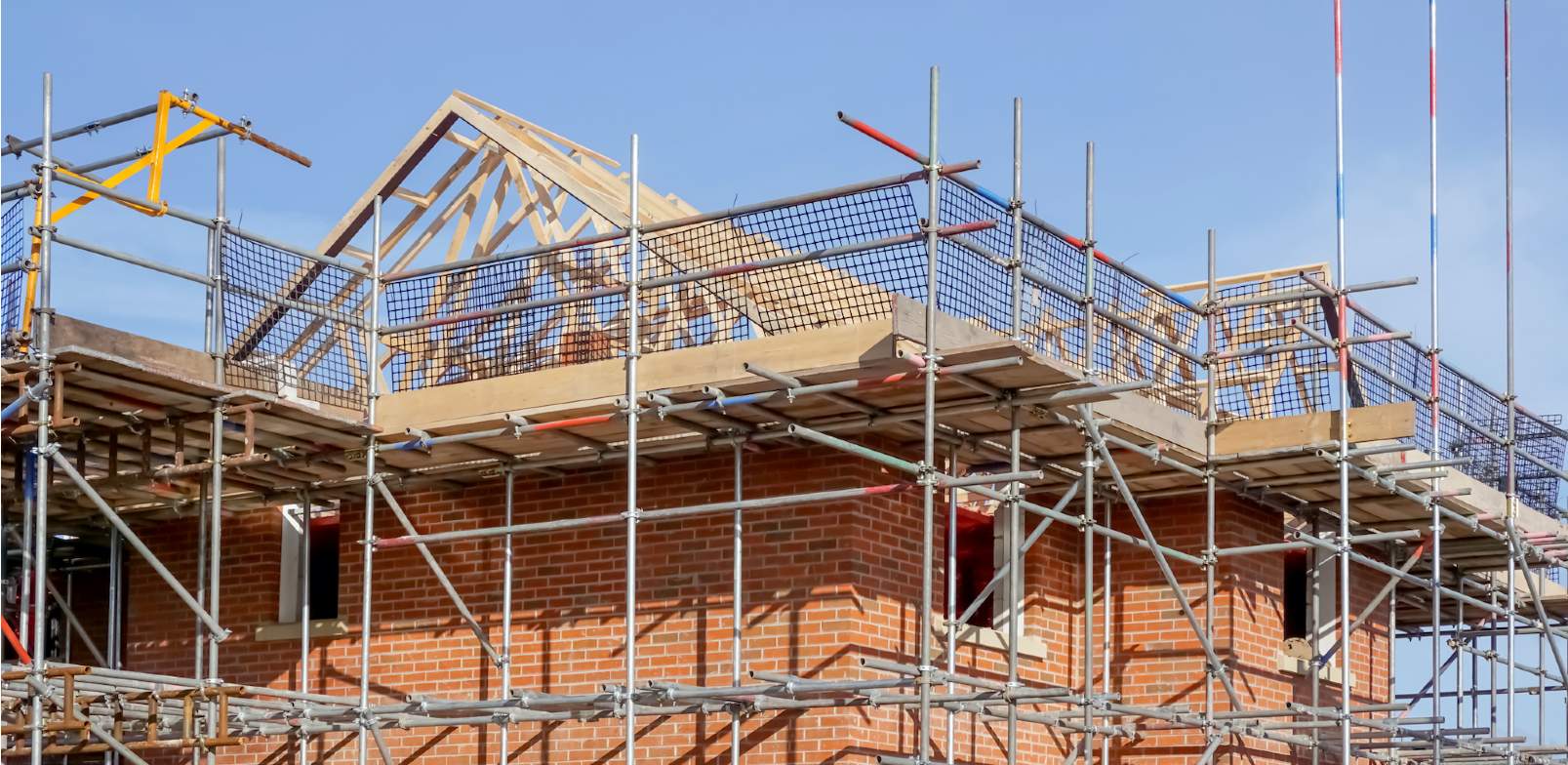First Homes, the new affordable home ownership initiative that came into effect at the end of June, is likely to provide an attractive option for first-time buyers due to the discounts of 30, 40 or 50 per cent on the open market value of new build properties.
However, it is also likely to have an impact on the delivery of other forms of affordable housing – and raises viability questions for developers.
For a more detailed analysis of how the landscape may be affected take a look at our latest paper, but in short:
At present, Section 106 affordable housing typically comprises a mix of social rent, affordable rent and shared ownership, the latter typically making up 30-40 per cent of the total. The Government wants First Homes to represent 25 per cent of all affordable housing requirements. While the proportion of homes delivered for social rent will largely be protected, the proportion of other tenures will fall as housebuilders divert delivery to the new scheme.
Viability
It is possible that developers will seek to reduce the overall percentage of affordable housing if there is a negative impact on viability. Our research has found that the effect of First Homes on viability will depend on local residential values and the mix of tenures required in each local plan.
We have examined two illustrative boroughs to show the possible results in London.
First Homes will work favourably for developers active in inner London’s highest value boroughs where the discounts to open market value for shared ownership and affordable rent are greater than 50 per cent. The initiative is likely to generate a higher blended site value whether the First Homes discount is applied at 30, 40 or 50 per cent. However, in these prime locations even a 50 per cent discount might not be enough to bring a First Home in line with the value cap of £420,000. In this case, developers would either need to build much smaller homes or offer bigger discounts.
In outer London boroughs, a 30 per cent discount would generally result in higher blended site values. But in the more expensive of these boroughs, again larger discounts may be required to meet the value cap. This is likely to affect a site’s blended value and impact the delivery of First Homes.
Crucially, local planning authorities need to understand the viability implications when determining the level of discounts through their local plan evidence-based research to ensure the viability of schemes. These evidence-based reviews and interim statements explaining how First Homes will be applied may take some time to materialise. This raises some short-term concern over how local planning authorities will incorporate First Homes into their development plans.
Meanwhile it is clear that developers need to be mindful of the new tenure as national guidance says First Homes should be included within any application determined after the end of year, or in some cases, after March 2022. We recommend early discussions with planning authorities to understand their intended approach.
Further information










.jpg)